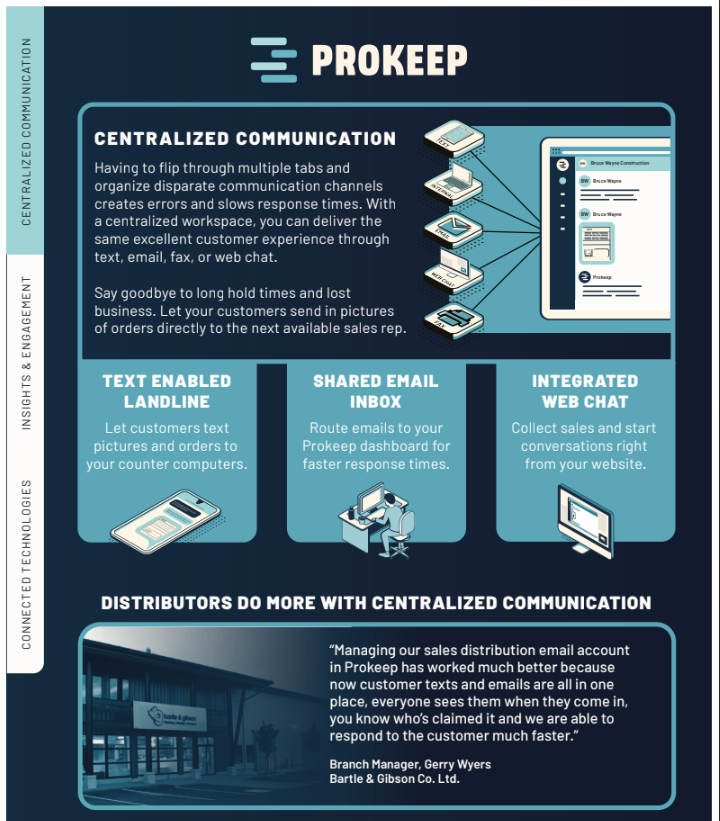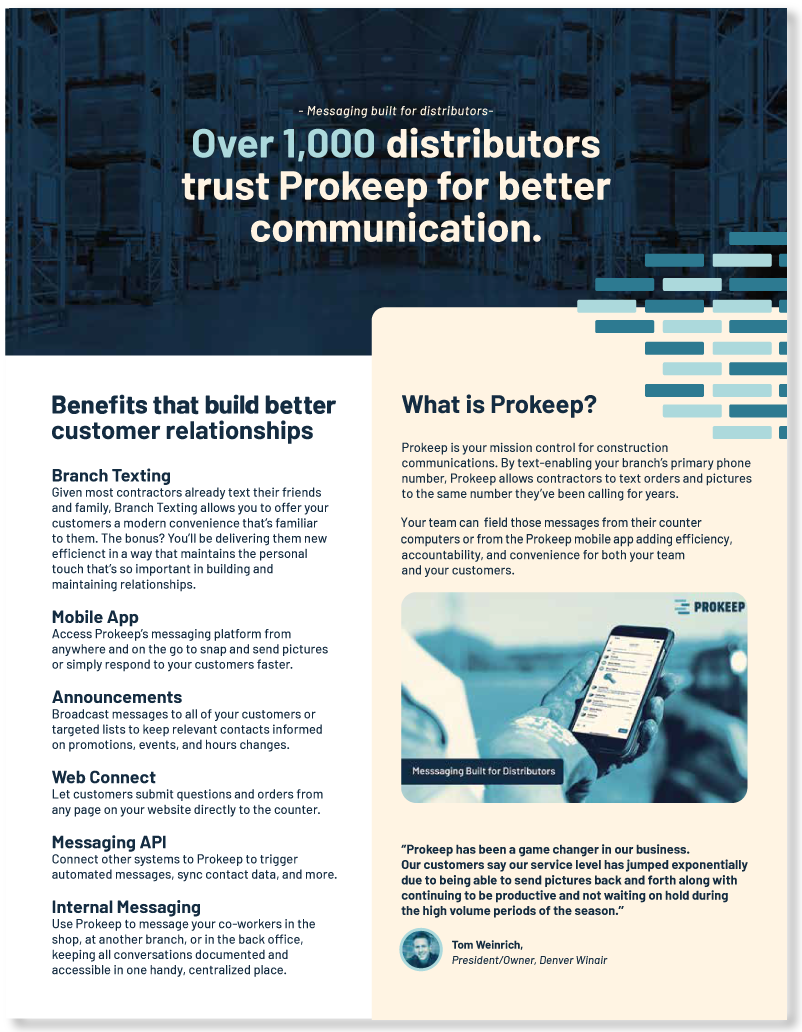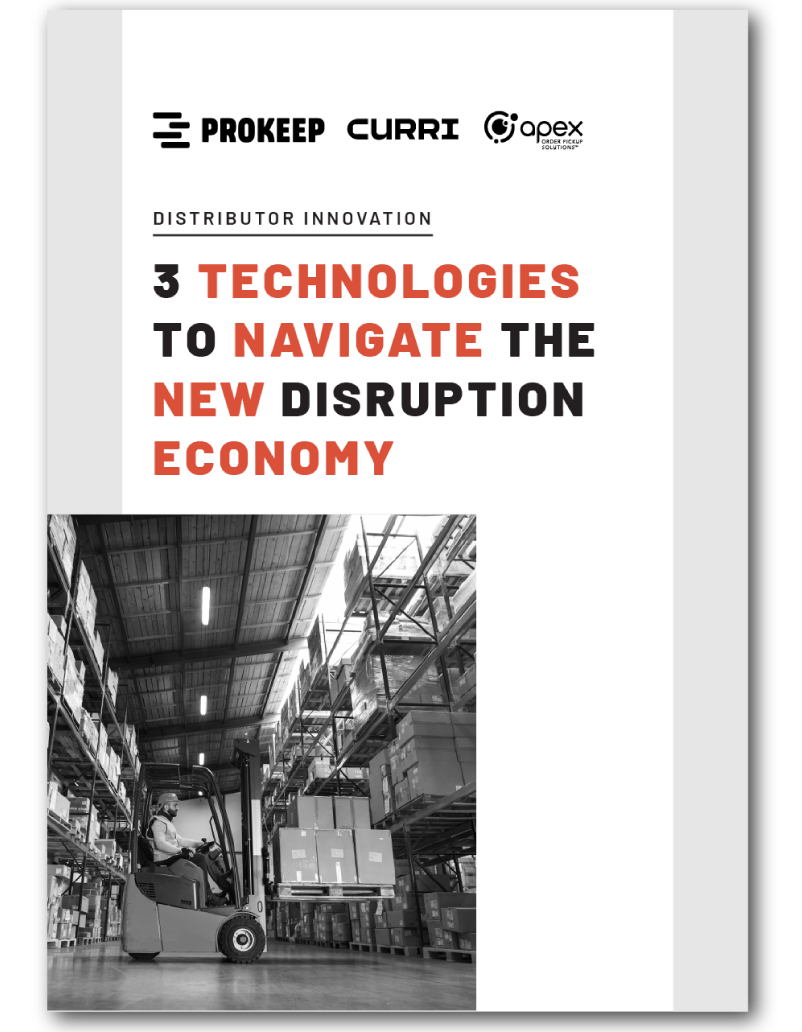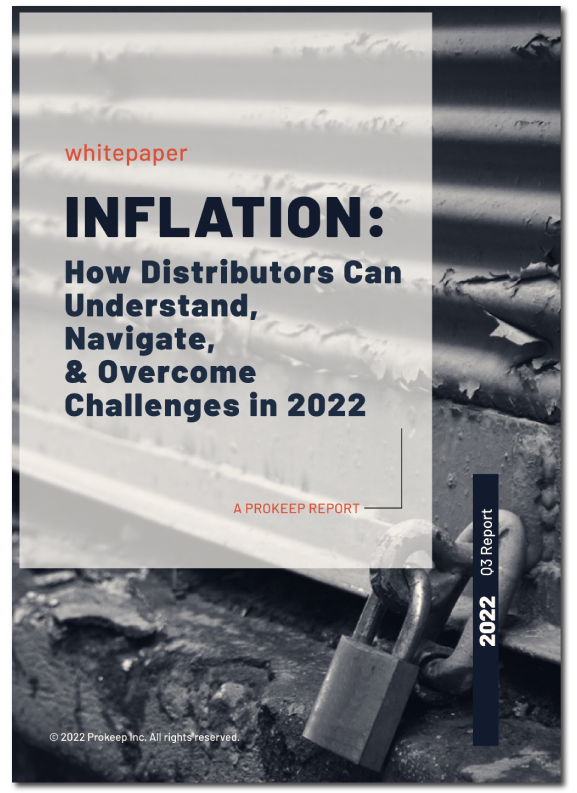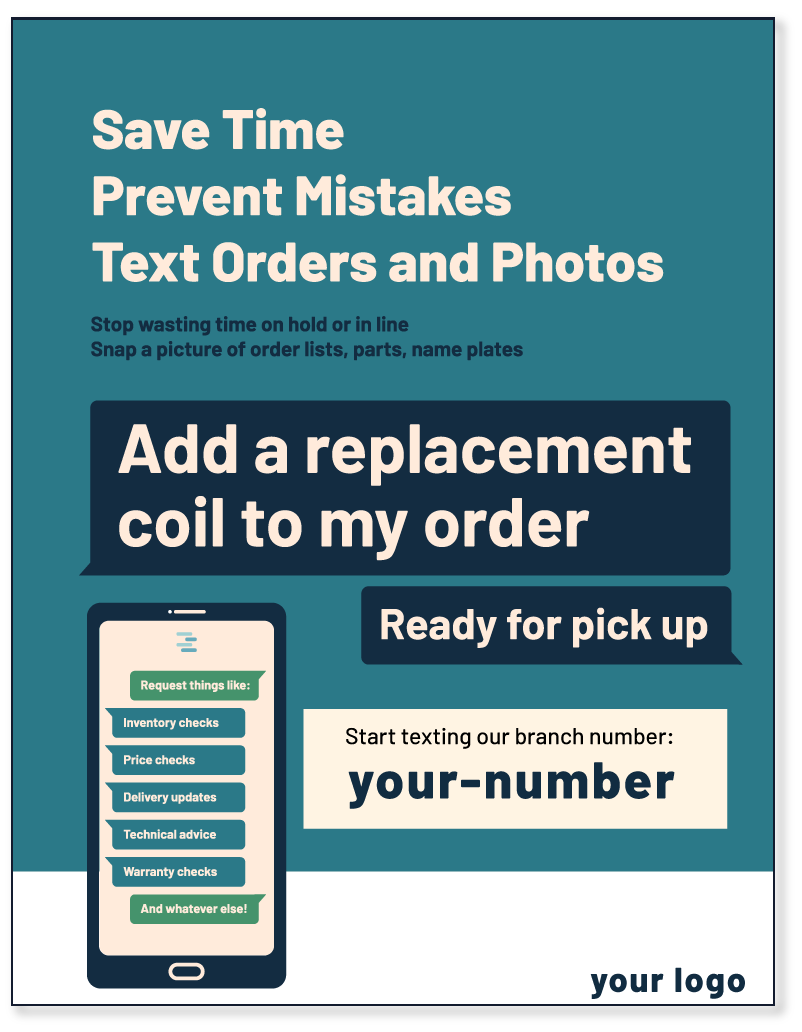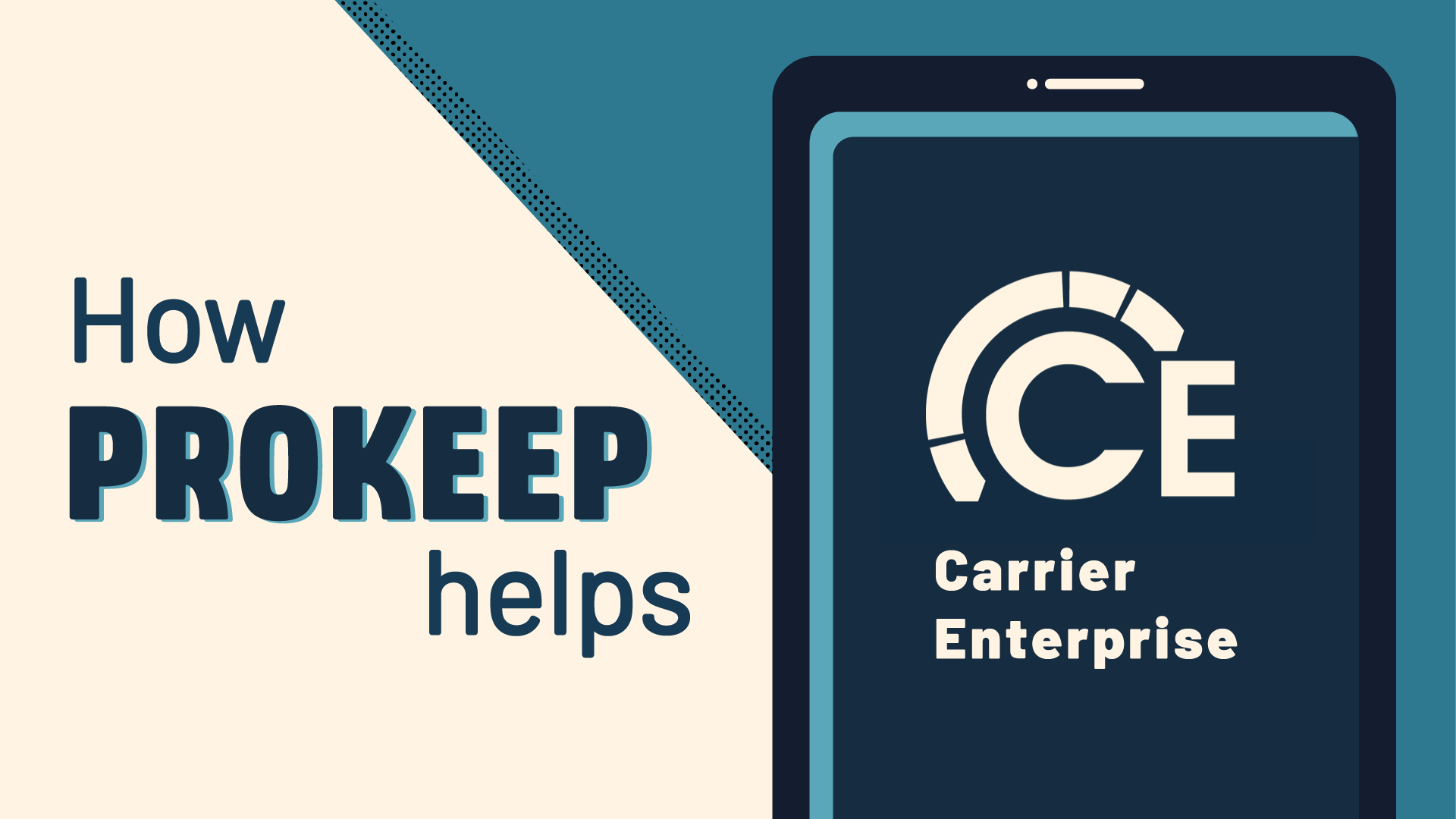Your Data Should Be an Asset, Not a Burden: Building a Live, Accurate Contact System


When Data Stops Helping and Starts Hurting
Data is meant to make life easier — not harder. Yet for most distributors, outdated, duplicated, and incomplete contact records quietly become a daily burden on productivity, costing the business orders. Instead of supporting decisions, poor data hinders them.
The Shift in Mindset
Your data shouldn’t be a static list demanding constant upkeep. It should be a dynamic system — one that changes automatically as your customers, teams, and markets do. The goal isn’t maintenance. It’s momentum.
Imagine this shift: instead of “updating spreadsheets every Friday,” your system updates itself as customers engage, order, or reply — always current, always useful. That’s when data becomes an asset again.
Why Bad Contact Data Becomes a Hidden Burden
The Daily Friction
Every day, distributors lose hours working around bad data. Reps pause to verify numbers or search for the right contact. Branches send emails to outdated addresses or work from different lists. Marketing pushes promos to the wrong people.
Meanwhile, customers receive duplicate messages, or worse, nothing at all.
The result? Delayed responses and missed orders.
- 25–30% of contact data becomes outdated every year.
- The average company wastes 550+ hours annually chasing incorrect contact info.
Bad contact data doesn’t just cause errors — it compounds them, turning straightforward outreach into ongoing chaos.
The True Cost of Static Data
The Efficiency Drain
Every minute spent cleaning lists or cross-checking records is a minute lost to selling, quoting, or supporting customers.
Before: “Who has the right number for Mike at AllParts?”
After: “Mike’s info updates automatically when he texts or replies — everyone sees it instantly.”
When contact data updates itself in real time, your team regains time, focus, and speed.
Missed Orders
There is a hidden cost to bad data. It doesn’t just look unprofessional — it costs you orders.
A wrong name, a missed follow-up, or an outdated contact doesn’t register to customers as “system issues.” They see it as your team dropping the ball. Every small mistake erodes confidence and makes it easier for buyers to take their business elsewhere.
Clean data builds the foundation for proactive sales, protects your reputation, keeps conversations on track, and ensures every outreach feels intentional — the foundation for trust and more closed orders.
What a “Live” Contact System Looks Like
A live contact system isn’t just cleaner — it’s smarter. It keeps up with your team, learning from every interaction and adapting as relationships change. Instead of waiting for manual updates, each text, order, and reply instantly updates the record, turning raw data into trustworthy insights.
Core Principles
- Always Current: Updates automatically as interactions happen.
- Complete: Every contact includes full context — name, role, company, communication history.
- Connected: Accessible and consistent across departments.
- Clean: Duplicates removed, invalid contacts archived, errors corrected in real time.
Think of your contact system as a living organism — constantly taking in new information, discarding what’s outdated, and keeping the whole body healthy. Good data is the foundation of strong customer relationships and better efficiency.
When data moves, so does your business.
Why “Live” Data Is a Game-Changer for Distributors
Better Service, Faster Sales
When contact data is accurate and up to date, reps never have to wonder who they’re talking to or what’s been discussed. They respond faster, follow up smarter, and reach customers when it matters most.
Teamwide Clarity
When records update automatically across branches, everyone works from the same truth. No miscommunication. No overlap. No guessing who owns what.
Stronger Customer Relationships
Customers feel seen when every interaction reflects what’s actually happening — not last quarter’s data. Live systems create a loop of trust: accuracy breeds relevance, and relevance breeds loyalty.
How to Build a Live, Accurate Contact System
Step-by-Step Framework
Building a live system doesn’t require a massive overhaul — just a smarter framework.
- Audit Your Current Contacts: Identify duplicates, inactive numbers, and missing details.
- Standardize Entry: Create naming, tagging, and formatting rules that every branch follows.
- Automate Updates: Integrate communication channels (text, email, calls) so every new message refreshes the record.
- Verify at the Source: Use validation tools to confirm accuracy as data is entered.
- Centralize Access: Keep all contacts in a single shared system, visible to every customer-facing role.
- Review Regularly: Schedule quarterly audits and set up automated alerts for inactive contacts.
Micro Workflow Example:
Clean → Connect → Standardize → Automate → Maintain.
The goal isn’t perfection — it’s consistency. Small, steady improvements add up to powerful accuracy.
What Clean, Connected Contact Data Unlocks
When contact data is clean and connected, every part of the business runs smoother — from the first quote to the final invoice.
- Smarter Outbound Sales
Reps find opportunities through live activity — not outdated reports. When outreach mirrors what’s happening now, customers respond.
- Faster AR and Collections
Billing reminders reach the right contact the first time. Accuracy keeps cash flow steady and prevents unnecessary back-and-forth.
- Seamless Cross-Team Collaboration
Sales, marketing, and operations share the same record, ensuring consistent communication and a unified strategy across branches.
- Confident Decision-Making
Managers obtain accurate, reliable data for reporting, forecasting, and planning. When the inputs are precise, every decision becomes simpler — and smarter.
Measuring Data Health
Contact Quality Metrics
You can’t improve what you don’t measure. Ensure you have quality data by tracking indicators of health, such as:
- Percentage of contacts with complete profiles
- Duplicate and bounce rates
- Average contact age (time since last verified)
- Data update frequency
Business Impact Metrics
Then, measure how that accuracy impacts the bottom line:
- Time saved per rep on admin work
- Faster quote-to-order turnaround
- Higher response and engagement rates
- Fewer failed outreach attempts
Common Mistakes to Avoid
Most distributors know their data needs attention; they just underestimate how quickly it deteriorates. Common traps include:
- Treating contact cleanup as a one-time project. Data health isn’t a task — it’s a habit.
- Relying only on manual entry. Automation keeps accuracy consistent and scalable.
- Using multiple disconnected tools for the same contacts. Fragmented systems guarantee fragmented insight.
- Ignoring inactive or duplicate records. Clutter hides opportunity.
- Failing to assign ownership by branch or department. Clear accountability keeps every record alive and accurate.
Tip: If your data doesn’t work for you daily, it’s not an asset — it’s an anchor.
The solution isn’t more control — it’s more connection.
Making Data an Ongoing Asset
How to Keep It Alive
The best systems adapt naturally. Encourage reps to verify details in every conversation. Schedule company-wide data reviews. Use automation to identify incomplete or outdated contacts. Set measurable data-quality goals alongside your sales KPIs.
Data health isn’t a one-time project — it’s an ongoing habit.
The Long-Term Payoff
A living contact system compounds in value. The cleaner it gets, the more efficient your team becomes. Over time, data stops being something to manage and starts being something that drives more orders.
When accuracy becomes automatic, your team gains time, customers gain confidence, and your business gains momentum.
FAQ
How often should we clean our contact data?
Conduct a full audit quarterly, but automate updates continuously based on daily activity. That’s what maintains data accuracy without constant manual effort.
Who owns contact accuracy?
Everyone — assign accountability by branch or function to ensure consistency. Shared visibility only works when responsibility is shared as well.
What’s the difference between live and static data?
Static data requires manual updates. Live data updates automatically from real-time interactions, keeping records up to date without additional effort.
Can clean contact data impact sales performance?
Yes — accurate data drives faster outreach, increased engagement, and more repeat business. It transforms communication into conversion.
What’s the first step to start?
Start with a simple audit. Find out where your contacts are located, what’s missing, and where there are duplicate or outdated records. From there, you’ll clearly see where to connect and automate.
Final Takeaway
Data should work to your advantage, not become an obstacle. When your contact system is live, accurate, and connected, every conversation feels easier and every opportunity clearer.
That’s when your data stops being something to manage — and starts being the engine that drives your growth.




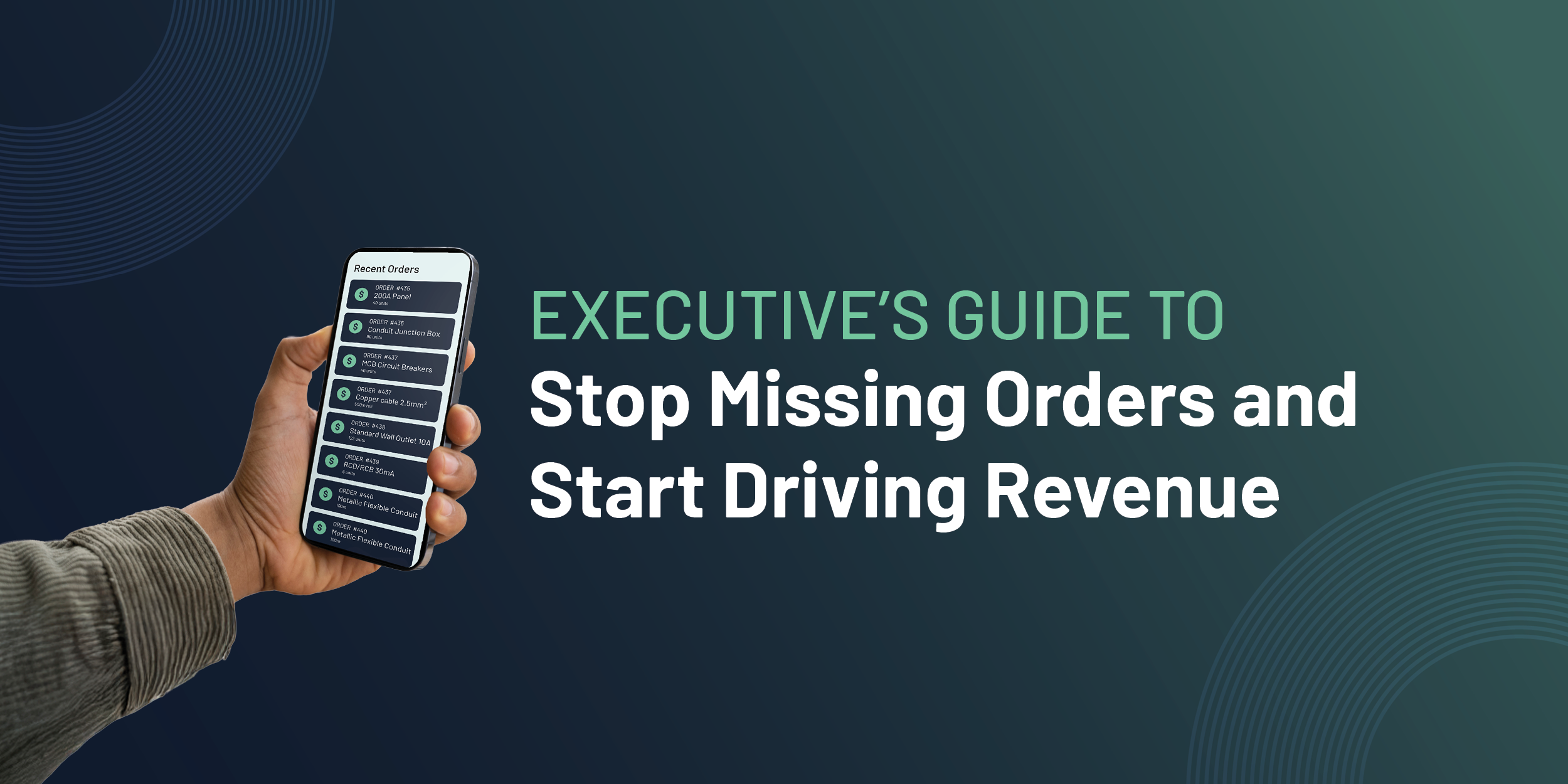
.png)
.png)






